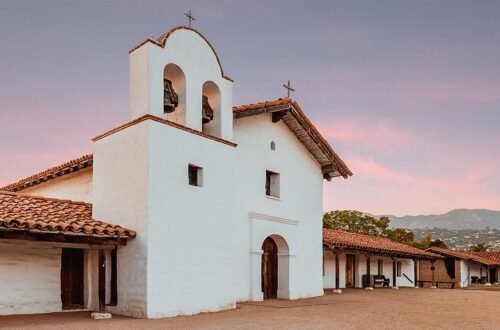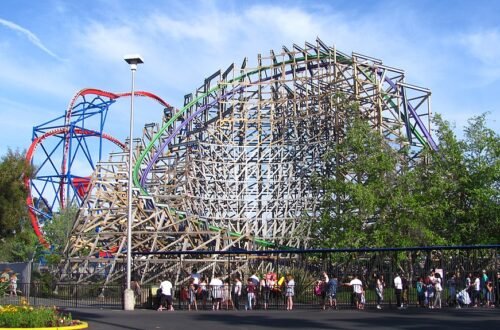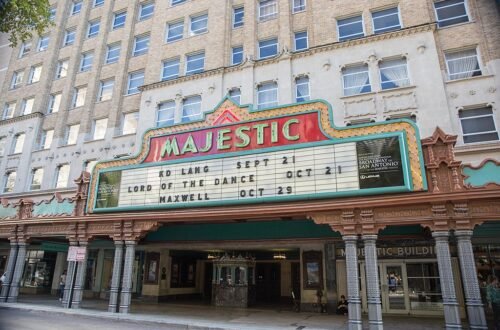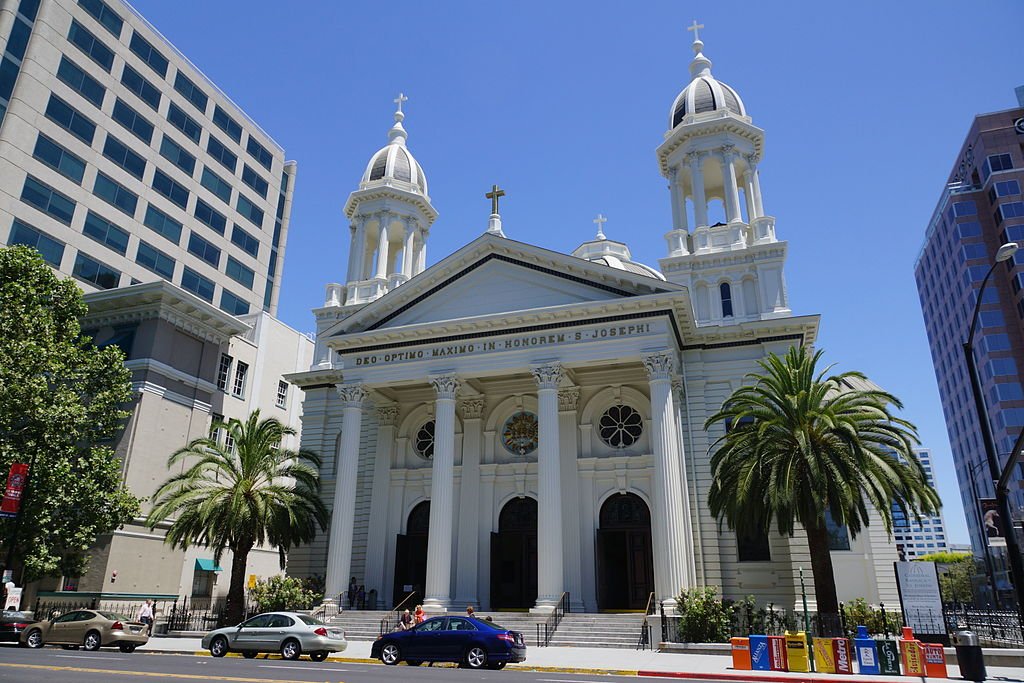
15 Best Things to Do in San Jose (CA)
The first settlement in California is now the vibrant, cutting-edge “Capital of Silicon Valley,” 240 years after the Spanish first settled there. The scene includes tech behemoths like Apple, Intel, Microsoft, and Amazon, as well as PayPal, Cisco Systems, eBay, and Acer. San Jose’s wealth is evident in its skyrocketing rents, opulent malls, world-class sports facilities, vibrant dining scene, and expanding cultural offerings. From the South Bay, you may also chart a course for the Diablo and Santa Cruz ranges, visit the Lick Observatory for astronomy, and watch the Santa Clara Valley’s ocean of sparkling lights as the sun sets. On the cutting-edge VTA light rail, in interactive museums, on the campuses of IT giants; and even at the city’s film festival, Cinequest, which supports virtual reality, life in San Jose is infused with technology.
- California Theatre
- Mount Umunhum
- Cantor Arts Center
- Apple Park Visitor Center
- SoFa District
- Willow Glen
- Excite Ballpark (San Jose Municipal Stadium)
- Rancho San Antonio Preserve
- Japantown
- Stanford University
- The San Jose Museum of Art
- Computer History Museum
- San Jose Center for the Performing Arts
- Avaya Stadium
- Cathedral Basilica of St. Joseph
California Theatre
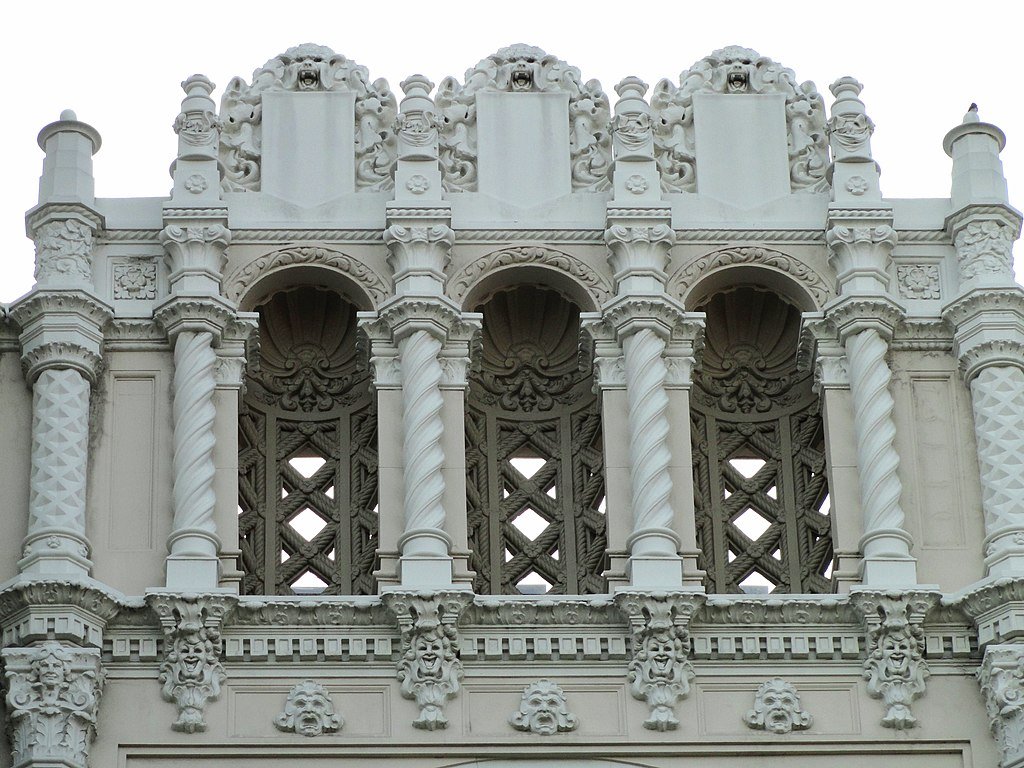
In the SoFa neighbourhood, the main stage for the Silicon Valley Symphony and Opera San José is a captivating landmark. It was built in 1927 as a cinema theatre and vaudeville stage, but after the 1970s it was abandoned for more than 30 years. The Packard Humanities Institute undertook a $75 million restoration effort there in the early 2000s. With its abundant plateresque mouldings, stained glass chandeliers, and Solomonic columns, the theatre’s flamboyant Jazz Age décor was brought back to life. With a capacity of 1,119, the theatre is one of the tiniest opera houses in the world. Opera San José’s productions of Il Trovatore, The Magic Flute, and Hansel and Gretel, as well as the Symphony Silicon Valley’s performances of film scores and works by Brahms, Mozart, Beethoven, and Schumann, were on the 2019–20 schedule. Additionally, the annual Cinequest film festival, which we’ll discuss below, takes place in March at the California Theatre.
Mount Umunhum

With a height of more than 1,060 metres, the fourth-highest peak in the Santa Cruz Range is an accessible day trip from San Jose for vehicles and hikers looking for a little more of a challenge. Due to dangerous chemicals left over from the abandoned Almaden Air Force Station, the top had previously been off-limits to the public. However, the road and hiking trails were declared open in 2017. Mount Umunhum, like the peaks that surround it, is made of metamorphic serpentinite, which is a form of oceanic crust and mantle from the Middle Jurassic period (up to 203 million years ago). The Cube, a radar monitoring station constructed in 1962 to spot enemy aircraft during the Cold War, is located at the peak. All of Mount Hamilton and Lick Observatory in the Diablo Range to the northeast and Mount Tamalpais to the north of San Francisco are included in the panoramas. You can learn more about these obvious features, as well as Mount Umunhum’s earlier associations with the Ohlone Native American tribe, by visiting the interpretive displays.
Cantor Arts Center
The Cantor Arts Center was established in 1891, the same year the university did, and following a program of repairs and additions in response to the Loma Prieta Earthquake ten years earlier, it reached its current size in 1999. It took the name of its primary contributors, Iris and B. Gerald Cantor, and combines modern construction with that of the building’s original Neoclassical structure from 1891. More importantly, the Cantor Arts Center houses collections that belong in the best museums in the world. These are made up of approximately 40,000 items and come from a variety of world places and historical times. There is Warhol photography, Louis Comfort Tiffany ornamental art, Mesoamerican ceramics, and artefacts from the United States, Africa, and Oceania/Indonesia. The largest collection of sculptures by Auguste Rodin outside of the Musée Rodin in Paris, with more than 400 pieces, is on display both inside the museum and in its magnificent Rodin Sculpture Garden.
Apple Park Visitor Center
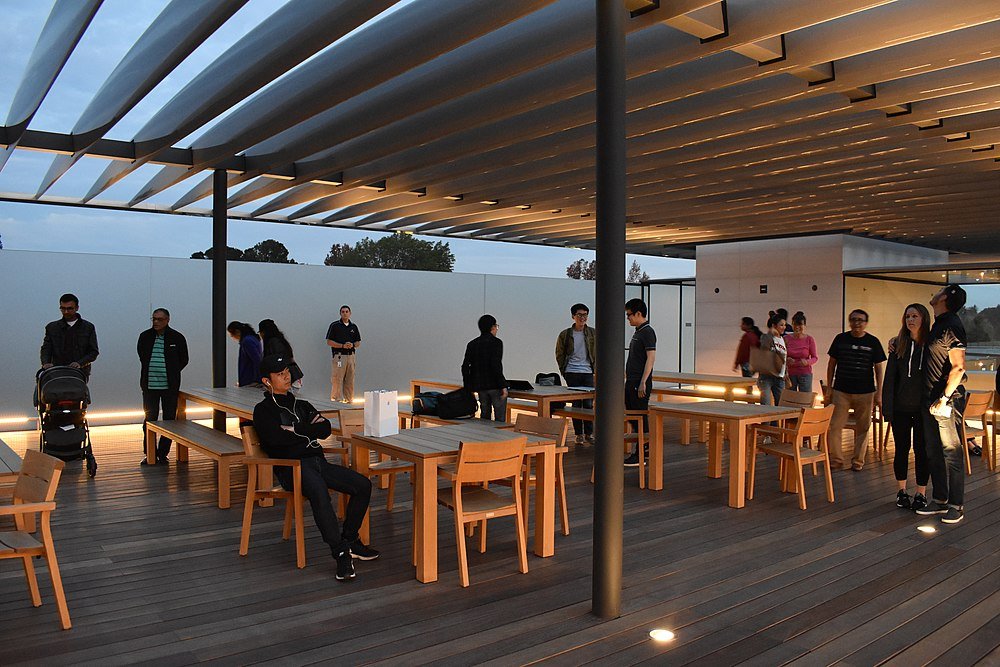
Steve Jobs envisioned and Norman Foster created Apple’s new campus in Cupertino, which welcomed its 12,000 staff members in April 2017. One ring-shaped solar-powered edifice, bigger than the Pentagon and hailed as one of the most energy-efficient structures in the world, houses almost the entire staff. There is a visitor centre that has been specifically created across from that unusual building, which is off-limits to the general public. The tourist centre, surrounded by olive groves and as chic as you’d expect, features a 3D replica of Apple Park that uses augmented reality to highlight its design ethos and several technologies. There is, of course, an Apple store with unique goods, as well as a cafe and roof terrace with the best views of Apple Park and its forested landscape.
SoFa District
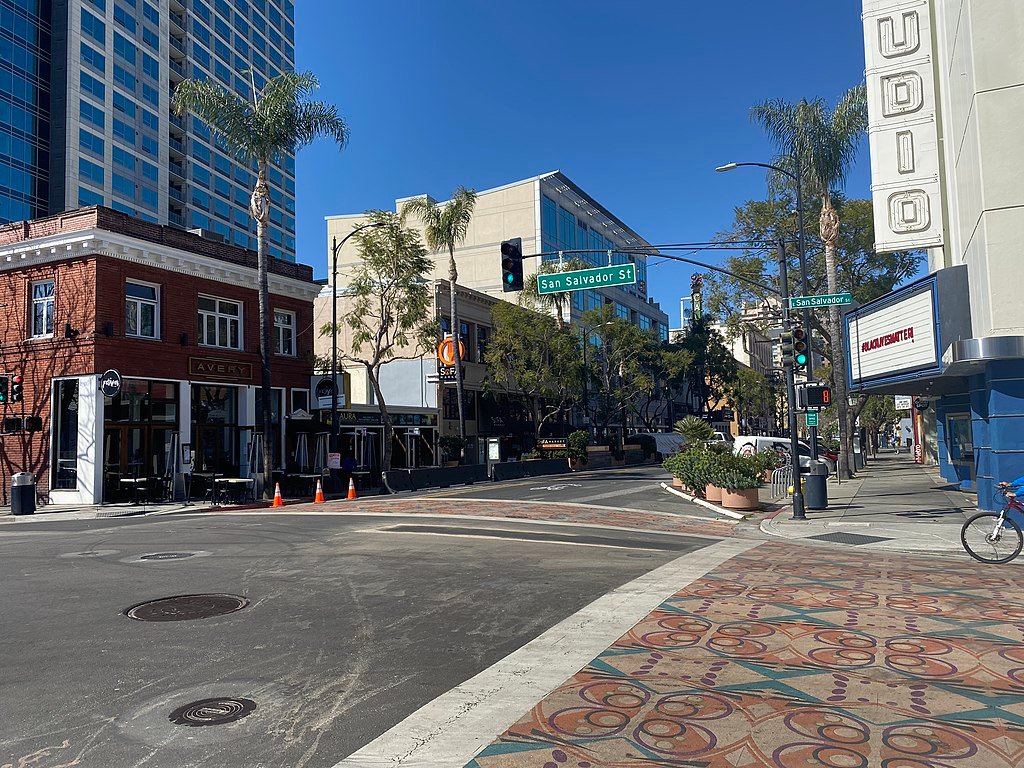
This area of downtown San Jose dedicated to culture, the arts, and entertainment calls itself “Silicon Valley’s Creative District.” Large venues and institutions, including the San Jose Institute of Contemporary Art, the Silicon Valley Symphony, and Opera San José, situated at the California Theatre, are located in this area, which goes by the term “South First Area,” along with swanky cocktail bars and ultra-hip cafes. The district’s stores, galleries, restaurants, museums, and nightclubs take part in the South First Fridays art walk every first Friday of the month. The first Friday in June is blocked through traffic on the first Friday in June for the Subzero Festival, which features live music, a beer garden, and art vendors. The Original Joe’s Italian restaurant, which opened in 1956 and has servers dressed in tuxedos, has been a longtime fixture in the area dating back before Silicon Valley.
Willow Glen

This walkable neighbourhood of one-of-a-kind shops, picture-perfect houses and sycamore-lined streets grew up independently of San Jose. In order to prevent the Southern Pacific Trunk Line from being diverted over its major thoroughfare, Lincoln Avenue, Willow Glen first formed as a city in the 1920s. San Jose later annexed Willow Glen in the 1930s. Despite being a part of a large urban area, Willow Glen has a distinctly small-town vibe that is evident in its boutiques, vintage apparel shops, book stores, and specialized food businesses. You have a dizzying array of dining options within a few blocks on Lincoln and Meridian Avenues, including Vietnamese cuisine (pho), pizza, tacos, burgers, sushi, and modern French (Black Sheep Brasserie) or Italian (Bertucelli’s La Villa Gourmet). If you’re in the area in the middle of June, stop by the Dancin’ On the Avenue celebration, which takes up the main section of Lincoln Avenue between Willow Street and Minnesota Avenue for one day.
Excite Ballpark (San Jose Municipal Stadium)
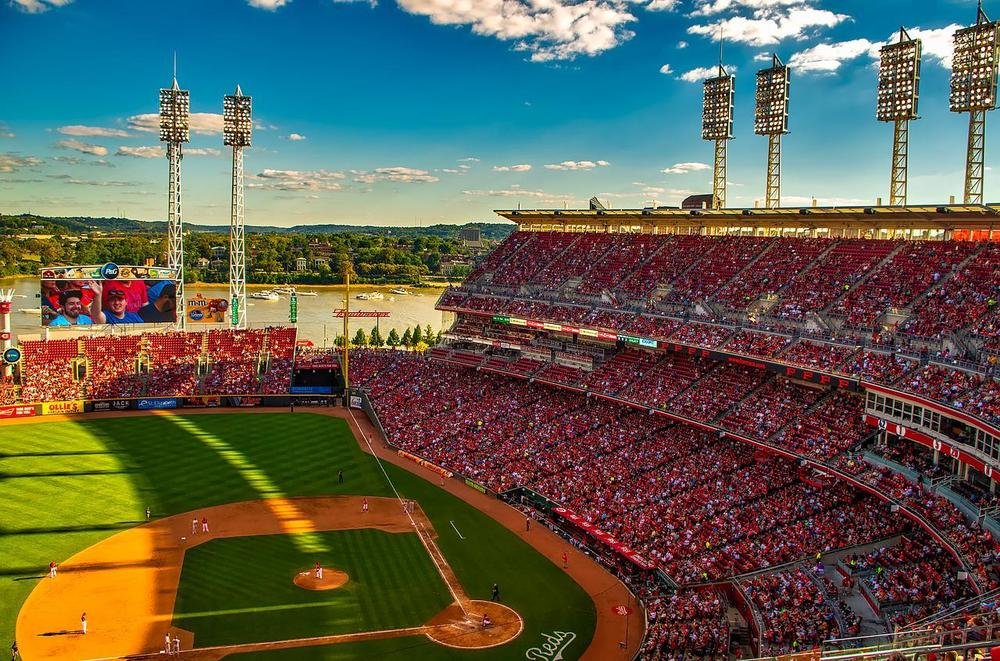
The San Jose Municipal Stadium, a 4,200-seat sports arena, was constructed in 1942 and was known as such until 2019. The stadium has housed 11 different teams throughout the course of its 80 or so years, with the San Jose Giants currently serving as their Class A-Advanced franchise. Given that this is a farm team for the MLB franchise, the fact that they share a name with their more well-known San Francisco neighbours is no coincidence. The San Jose Giants can be proud of their history after winning five minor league championships between 2001 and 2010. More than 190 MLB players have had their debuts here as a farm team, including a few players that were on the SF Giants squad that won the World Series, including Madison Bumgarner, Tim Lincecum, Buster Posey, and Jonathan Sánchez. You can choose from churros, BBQ, nachos, funnel cake, and hot dogs when it comes to food.
Rancho San Antonio Preserve
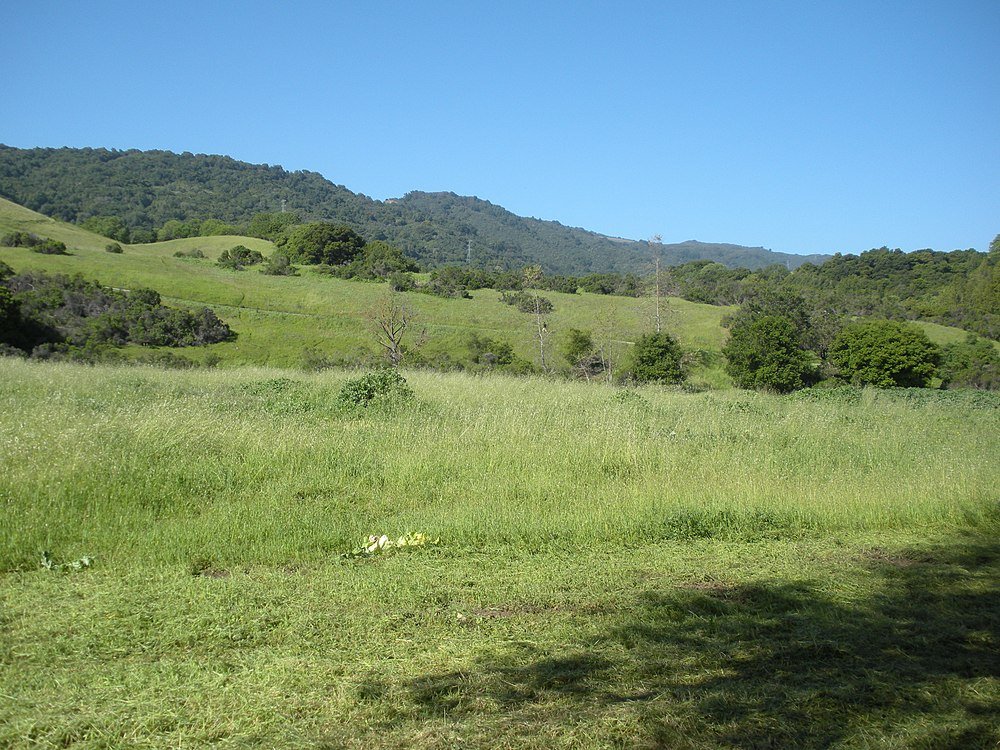
In this 3990-acre preserve and the 290-acre County Park that it is connected to, you can go on a hike into the Santa Cruz Mountains. Your journey will take you through a diversity of habitats, each of which has been influenced by its orientation to the sun or location on the slopes of the mountain range. Growing along creeks are willows and cottonwoods, and the shaded canyons have groves of big-leaf maples and bay trees. While the north slopes are covered in dense forest with oaks and bays, the sunny south slopes are scrubby and covered in manzanita, chamise, and mountain mahogany. Mountain lions (take sensible precautions), deer and bobcats all inhabit the preserve, in one of the last patches of Silicon Valley where native animals are free to roam. Nearly 30 kilometres of walking trails are available for people, with an elevation variation of more than 700 meters. The 150-year-old Deer Hollow Farm, which still produces and sells eggs and fresh fruit but also has an educational purpose, makes for an interesting diversion from trekking.
Japantown
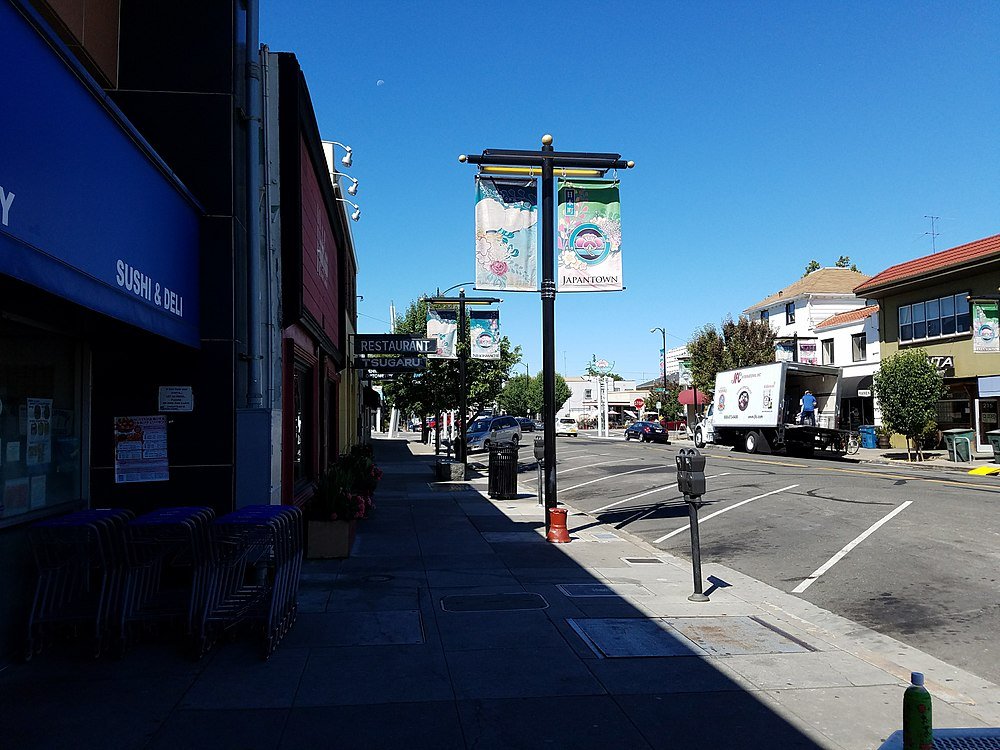
A bit to the north of Downtown San Jose is one of the three still-existing Japantowns in the United States. This dates back to the 1880s when boarding houses were nearby for Japanese immigrant men. By the start of the 20th century, “Picture Brides” (chosen by matchmakers) had joined them, and dozens of enterprises had been established to cater to the expanding neighbourhood. Japantown was resettled following internment in World War II, and in the 21st century, nearly a quarter of the people within a three-mile radius of this neighbourhood have Asian heritage. You can stop by places like Shuei-Do Manju Shop, which in 1994 sold the Emperor Akihito Manj (sweet pastry). The Japanese American Museum chronicles Japanese immigration to America and the dark days of internment, and there’s wonderful homemade tofu at the San Jose Tofu Company. One of the long-term tenants, Kazoo, serves noodle dishes, katsu curry, and sushi combinations.
Stanford University
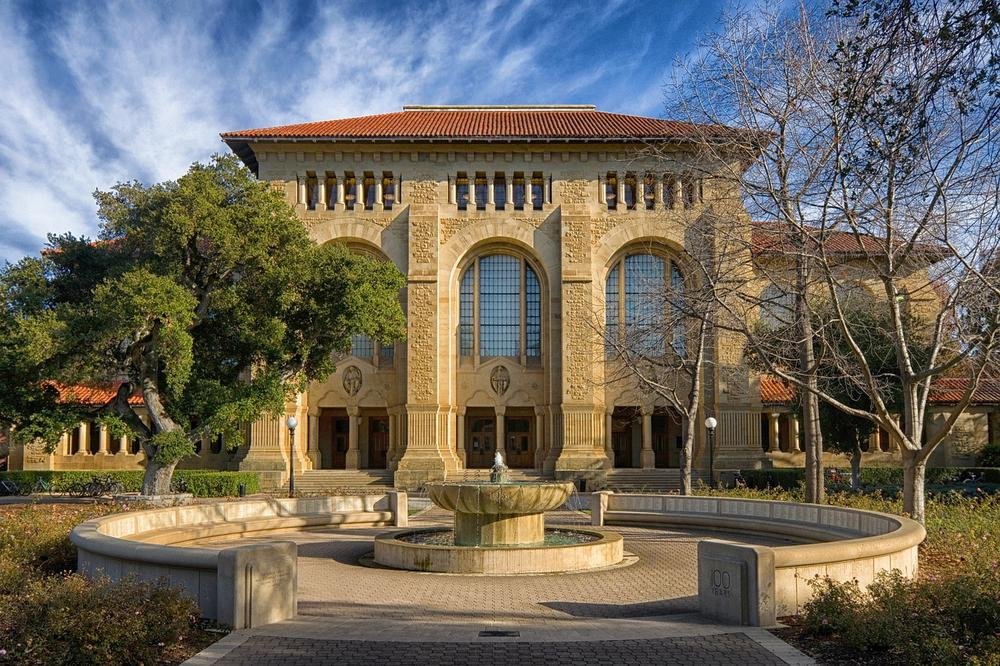
Within 30 minutes of downtown San Jose is the city-like campus (8,180 acres) of one of the most prominent institutions in the world. 83 Nobel laureates, numerous members of Congress, 17 astronauts, and a president, Herbert Hoover, have all graduated from Stanford University, which barely requires an introduction. This renowned university produced the founding members of Google, Nike, Sun Systems, Electronic Arts, and Hewlett-Packard, among others. Grab a map and explore the campus at your leisure, or go on a tour given by students at 11:30 or 15:30. There is a lot to see, including the Main Quad’s Mission Revival and Romanesque Revival buildings, the 87-meter Hoover Tower (1941), which provides a panoramic perspective of the campus, and the excellent Cantor Arts Centre, which we’ll discuss next. While the Anderson Collection focuses on contemporary art, you may also check out what’s happening at one of Stanford’s performance venues. The Home of Champions is a place where you can read about Stanford’s most successful teams and players.
The San Jose Museum of Art
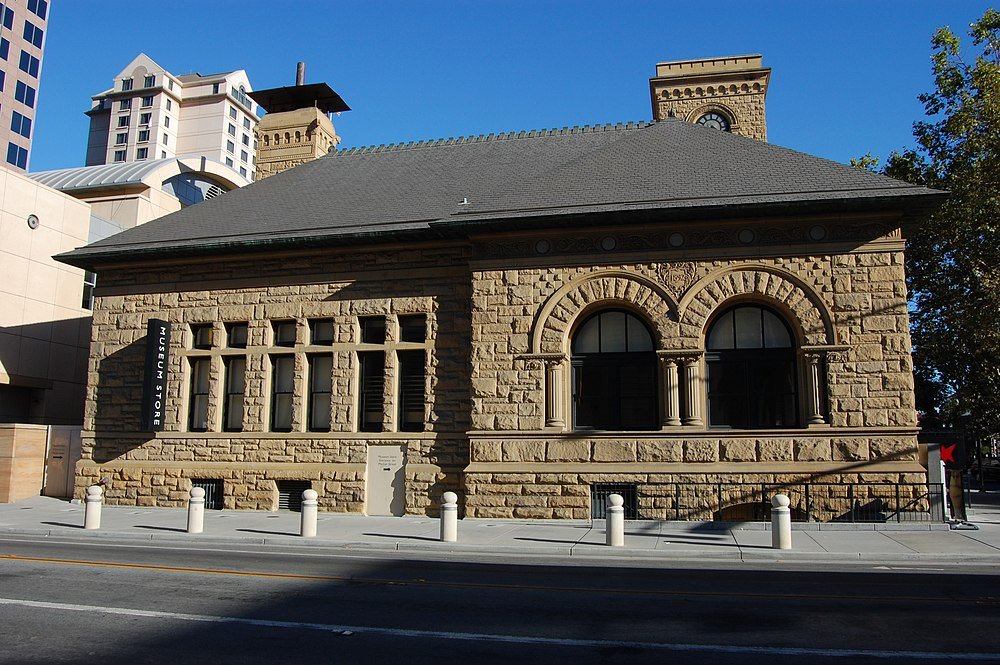
The oldest portion of this museum is a large Romanesque Revival building near Plaza de César Chávez that was originally constructed as the San Jose post office in 1892 and used as the city library from 1937 to 1969. The San Jose Museum of Art, established in that year, built a new wing in 1991. The museum has assembled a strong permanent collection of installation art, paintings, sculptures, drawings, photographs, and graphic works by West Coast modern and contemporary artists like Dale Chihuly, Milton Avery, Deborah Butterfield, Joan Brown, Richard Diebenkorn, Jim Dine, Robert Arneson, and Frederick Spatt. There will always be five temporary exhibitions running simultaneously. Notable names from previous exhibitions include Catherine Wagner, Dinh Q. Lê, Woody de Othello, Diana al-Hadid, and Robert Henri.
Computer History Museum
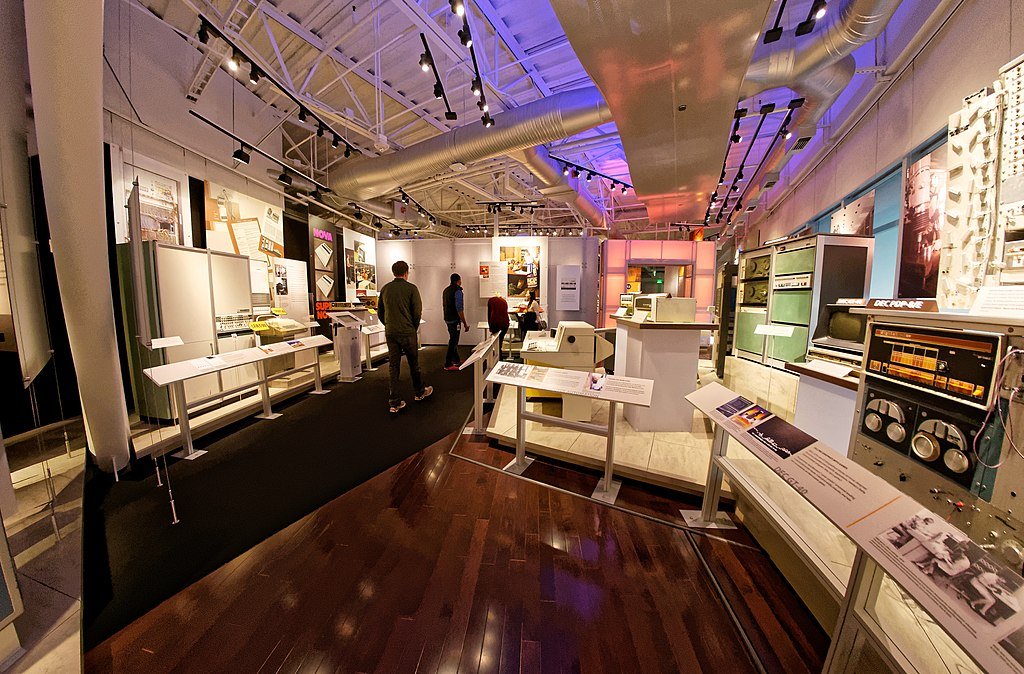
At this excellent museum in Mountain View, next to the Googleplex, you may travel back in time to the start of the Information Age since you are in the global hub of high technology. The Computer History Museum claims to have amassed more than 90,000 items, including hardware, source code, patent documents, and even lab notes, making it the greatest collection of computer artefacts in the world. First-person tales from game-changing inventors are included in the wonderful book “Revolution: The First 2000 Years of Computing,” which also includes early calculators, punched cards, analogue computers, robotics, mainframe computers, and game consoles, and much more. There were also exhibits on the history of autonomous vehicles, the background of revolutionary technologies like texting, accident simulators, and Wikipedia at the time we created this list in November 2019. The IBM 1401 Demo Lab, which is open on Wednesdays and Saturdays, finally recreates the activity of a commercial computer centre from the late 1950s. Online booking: Admission to the Computer History Museum in general
San Jose Center for the Performing Arts
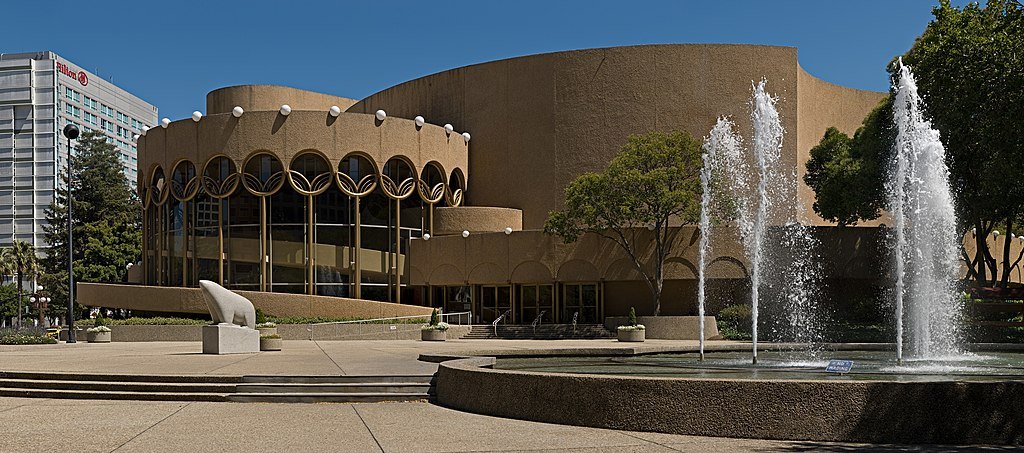
The San Jose Centre for the Performing Arts, home of Broadway San Jose and the San Jose Dance Theatre, is still a striking presence on Almaden Boulevard over 50 years after it was finished. Therefore, this 2,677-seat facility offers a tantalising choice of performances by these resident groups year-round. While the Nutcracker performances at Christmastime are the highlight of the San Jose Dance Theatre’s calendar, Broadway San Jose presented Les Misérables, Miss Saigon, Riverdance, and Waitress in 2019–20. Symphony Silicon Valley performances, travelling musicals, well-known comedians, top recording artists, and kid-friendly entertainment are all scheduled in between.
Avaya Stadium
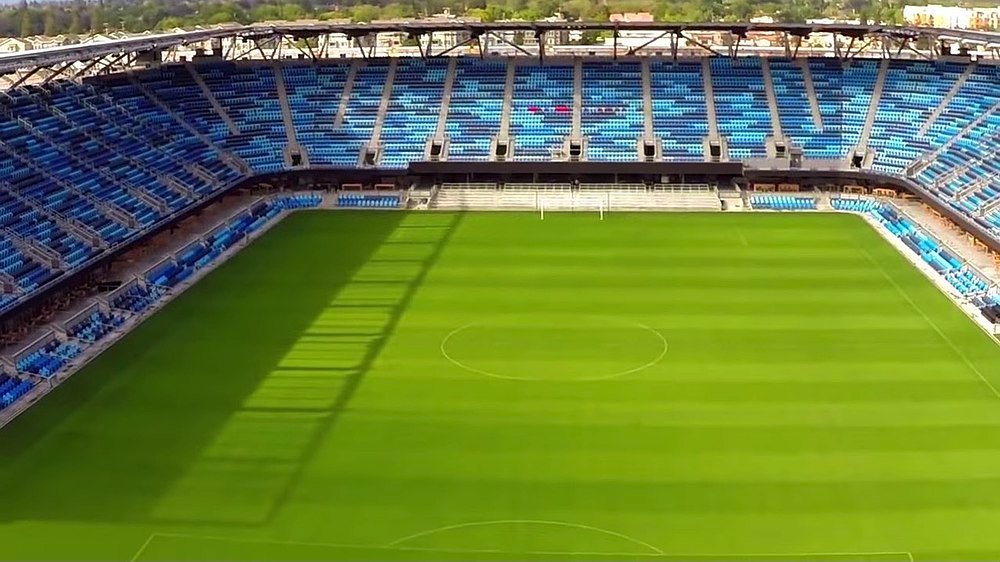
The San Jose Earthquakes of Major League Soccer have a wonderful home field just adjacent to the airport. The Avaya Stadium (2015) has a primary deck that wraps around three sides of the pitch and seats 18,000 people. This stadium is extremely steep, similar to a traditional European stadium, offering excellent views and a furious atmosphere on game days. Instead of a stand, the northeast side now contains the biggest outdoor bar in all of North America, a two-acre fan zone, and a massive double video scoreboard. From March to October, the Earthquakes play 17 regular-season games here, excluding playoff, exhibition, and U.S. home games. Open Cup games. The team’s most successful years were in the early 2000s, when they twice won the MLS Cup (in 2001 and 2003) and twice advanced to the CONCACAF Champions League quarterfinals (2002 and 2004).
Cathedral Basilica of St. Joseph

The cathedral for the Roman Catholic Diocese of San Jose in California was dedicated in 1877 and is a striking Renaissance Revival church in downtown San Jose. In 1803, when the first parish in California was established, it was for the Spanish population as opposed to the Ohlone Indians. The majestic portico with fluted Corinthian columns and the Deo Optimo Maximo inscription in the frieze is located on the Market Street facade. The dome, the offering on the vaults, and the stunning stained glass that shows saints, the Crucifixion, the Resurrection, and the Ascension are all marvels of the interior. The basilica organises the Season of Hope performance series in the twelve days leading up to Christmas, with notable bands such as the San Jose Symphonic Choir, San Jose Jazz All-Star Big Band, and California Philharmonic Youth Orchestra.


